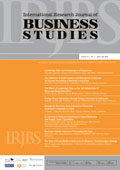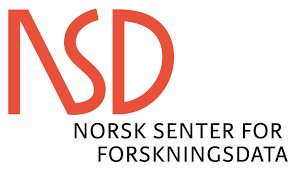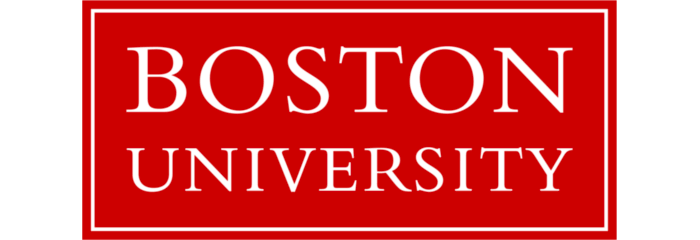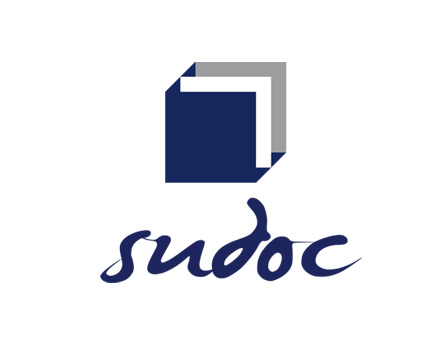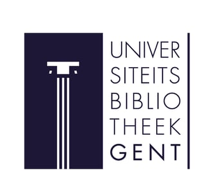Article Metrics |
|
|
Consumer Empowerment in Transportation Sector
Abstract
Awareness of rights and obligations as a consumer became one of the problems faced by consumers. One way to increase consumer awareness is to provide access to consumer education through media used by consumers. This article aimed to identify and analyze the effect of socio-demographic characteristics and consumer education media toward consumer empowerment on public transportation. This research used a cross-sectional study through an online survey of 100 users of public transportation. Data were analyzed using multiple regression analysis. The results showed that the consumer empowerment index is 44.56 and categorized as capable level. Also, female, early-aged adults (18 - 40 years), high education, employee, income range from IDR 2 000 000 to IDR 3 000 000 per capita per month, and an urban area were the most empowered consumers. In addition, employment status and media of consumer education positively and significantly influenced consumer empowerment.
Full Text:
References
Dahalan, D., D’Silva, J. L., Abdullah H, Ismail, I. A., & Ahmad, N. (2015). Youth confidence in the quality of public transportation services: The case of Greater KL, Malaysia. Malaysian Journal of Society and Space. 11(9):12-22
Mazlan, D., Redzuan, A., & Bakar, D. A. (2014). Consumer education in creating a consumer conscious nation. Social and behavioral sciences. Procedia Social and Behavioural Sciences. 155: 448-453.
Nardo, M., Loi, M., Rosati, R., & Manca, A. (2011). The Consumer Empowerment Index: A measure of skills, awareness and engagement of European consumers. EUR 24791 EN-2011. Luxembourg : Publications Office of the European Union.
Sakti, M., Dwi, A. R., & Yuliana, Y. W. (2015). Consumer protection against the circulation of foods that are not certified halal. Jurnal Yuridis, 2(1), 62-77.
Simanjuntak, M., & Yuliati, L. N. (2015). Development Consumer Empowerment index. ISBN: 978-602-96826-4-9. Research Report. Bogor Agricultural University.
Simanjuntak, M. (2016). Mapping of Consumer Empowerment index 2016. Research Report. Bogor Agricultural University
Simanjuntak, M., Amanah, S., Puspitawati H., & Asngari, P. S. (2014). Level of empowerment and consumer empowerment strategy. [dissertation]. Bogor (ID). Bogor Agricultural University.
Simanjuntak, M. (2014). Consumer empowerment profile in the rural and urban area. Asean Marketing Journal 4(1), 38-49.
Simanjuntak, M. (2014). Study of consumer education in Bogor, Indonesia. Asean Marketing Journal, 2(5), 481-490.
Shibly, H. A. (2009). A Characterisation of Consumer Empowerment Drawn From Three Views of Power. ABAC Journal Vol.29 No. 3 (September-December 2009, pp.65-74).
Simanjuntak, M. (2015). Consumer empowerment index among undergraduate students of Bogor Agricultural University, Indonesia. Asian Journal of Business and Management, 3(3), 183-191.
Sumiyati, S., & Fatmasari, R. (2006). Consumers foundation’s role in providing protection to consumers. Jurnal Pena Wiyata: Jurnal Pendidikan dan Humaniora, 5(9).
Law of the Republic of Indonesia Number 8 the Year 1999 on Consumer Protection.
Widayanti, A., Soeparno, & Karunia, B. (2014). Problem and development of public transportation in Surabaya city. Transportation Journal. 14(1):53-60.
[YLKI] Indonesian Consumers Foundation. (2015). Consumer complaints surgery. [Internet]. Available on : http://ylki.or.id/2016/01/bedah-pengaduan-konsumen-2015/
Yulianti, L. N., & Anzola, Y. (2009). Tingkat kepuasan konsumen terhadap tanggapan perusahaan pascatindakan komplain melalui media cetak. Jurnal ilmu Keluarga dan Konsumen. 2(2):186-192.
Copyright (c) 2021 INTERNATIONAL RESEARCH JOURNAL OF BUSINESS STUDIES
International Research Journal of Business Studies has been covered by the following services: | ||||||||||||||||||||||||
|

